This is the follow-up to my previous post about a Linux tablet for my workshop. based on the suggestion by @yojimbo@sopuli.xyz , I went with a Lenovo Duet 3i, apparently also known as an 82AT and/or 10IGL5. Sprung for the Pentium version with 8GB of RAM. It has arrived, and I've got it set up to start using.
The Hardware Itself
For a shovelware-grade machine, it's not bad at all. I'm sure they were sold in big box stores as the budget tier barely capable of running Windows 10, which is why there's so many of them for sale in barely used condition.
2 USB-C ports came in handy for charging and installing Linux from a thumb drive. The screen is surprisingly good for a machine of this price point, and it runs cooler than my cat.
The Linux Experience
SHOCKINGLY good. Linux Mint loaded right up, though I wouldn't recommend it on this machine. Cinnamon is not intended for tiny touch screens.
Fedora KDE Spin ran quite nicely, but I ended up installing Fedora Gnome. I generally hate Gnome but for a machine that will run FreeCAD, a PDF reader and a web browser, maybe a calculator, it'll work.
So far, I haven't found anything that doesn't work. It suspends and wakes from suspend, keyboard works, backlight controls work, both cameras work, auto-rotation works, keyboard works in attached and bluetooth modes, Wi-Fi works...
I think I just saw that graphical glitch @yojimbo@sopuli.xyz mentioned for the first time, I looked over at it and the top panel was near the bottom of the screen. Moving the mouse around seems to fix it, though yeah if that behavior continues or worsens I'm probably going to try either X11 or...something.
Overall I'd call it "quick but not fast." UI feels responsive, but...put it this way I watched Neofetch run. Any disk operation at all is a bit slow.
Gnome is...Gnome. I would hate to live in Gnome on my main machine. I think it'll do here; it's mostly navigable by touch screen.
FreeCAD works amazingly well and is surprisingly usable on a touch screen, though to do anything serious you do need to be able to right click and use the Ctrl key. I think it'll do what I'm after. Going to start building a shelf either today or in the next couple days, will report back how it works in service.
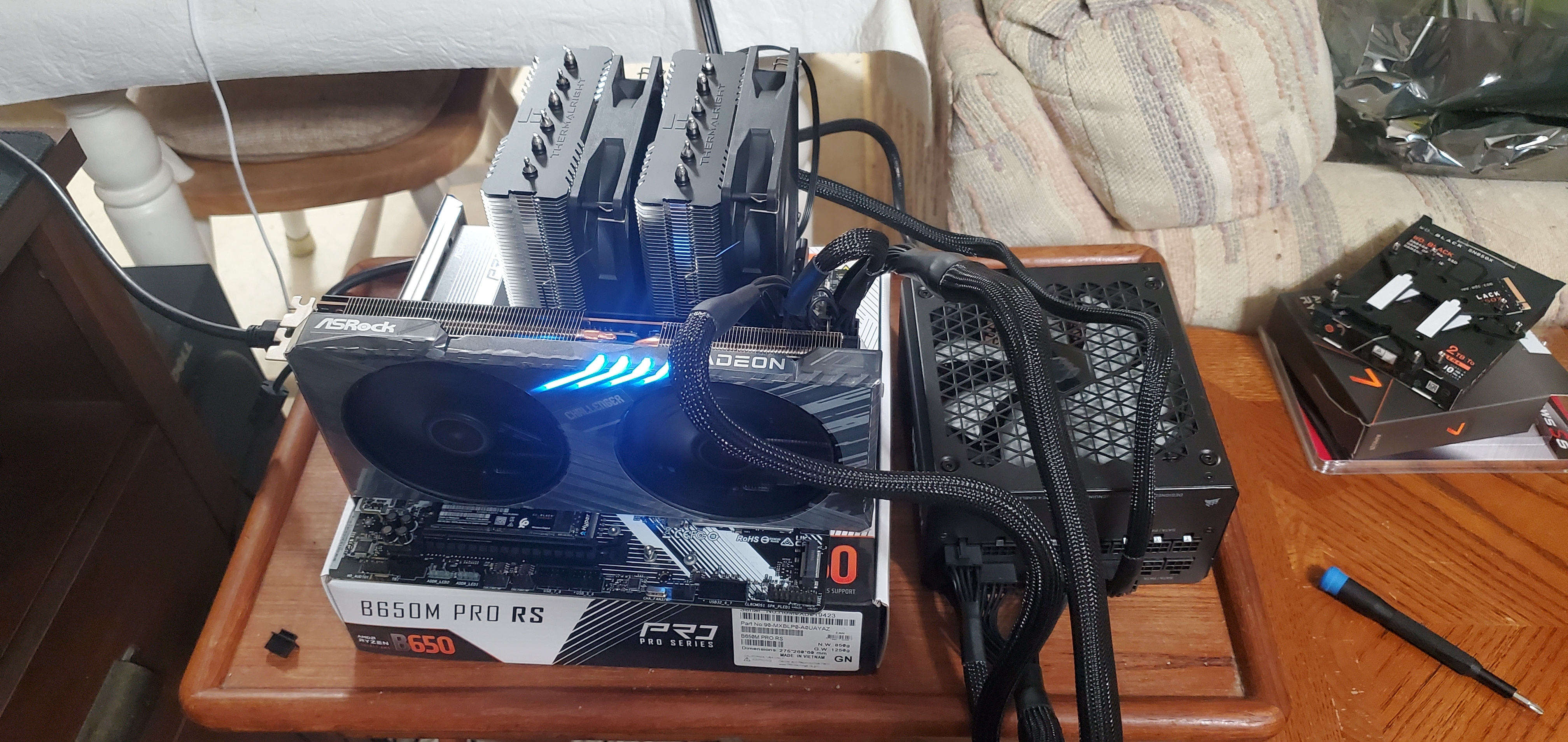
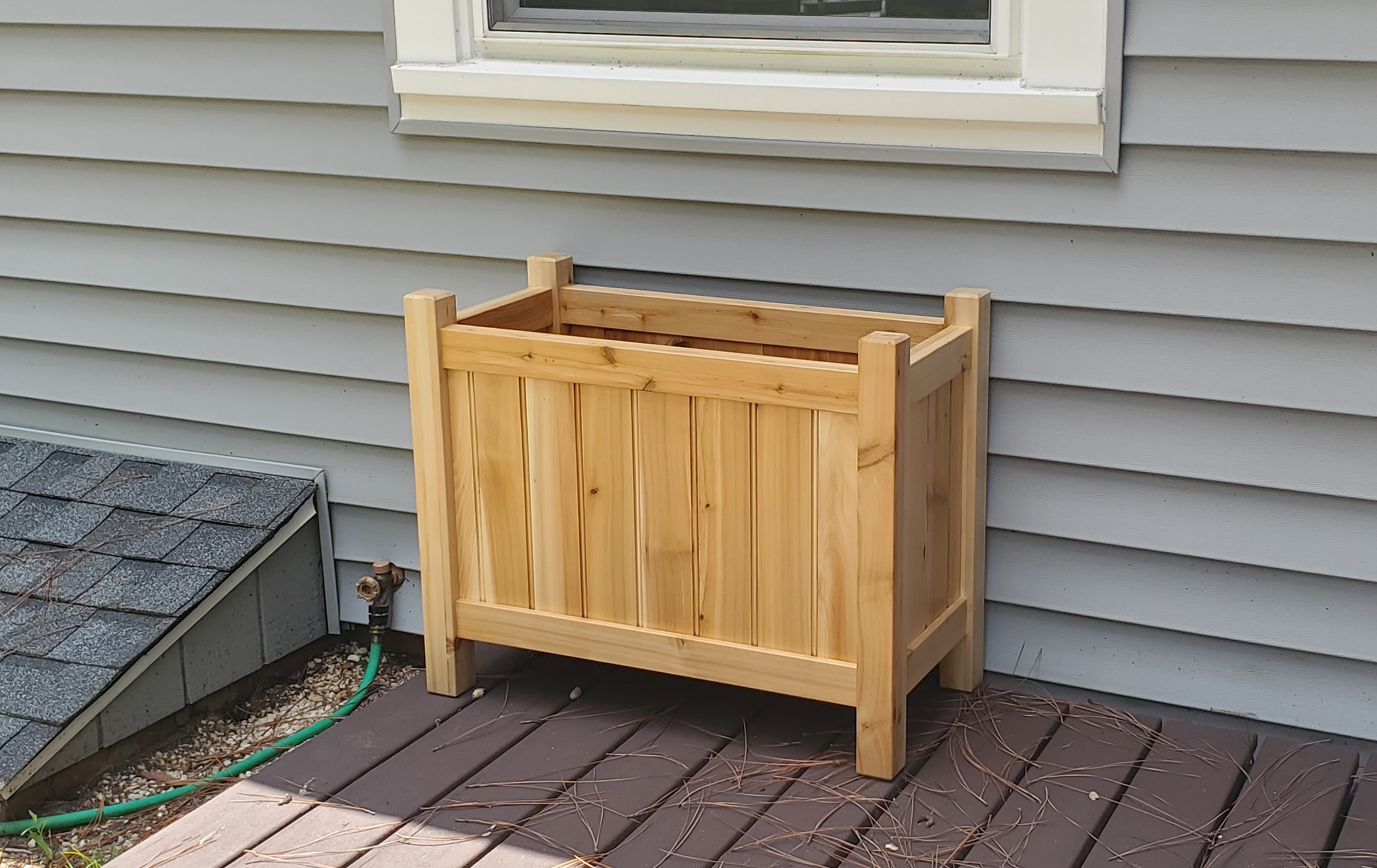
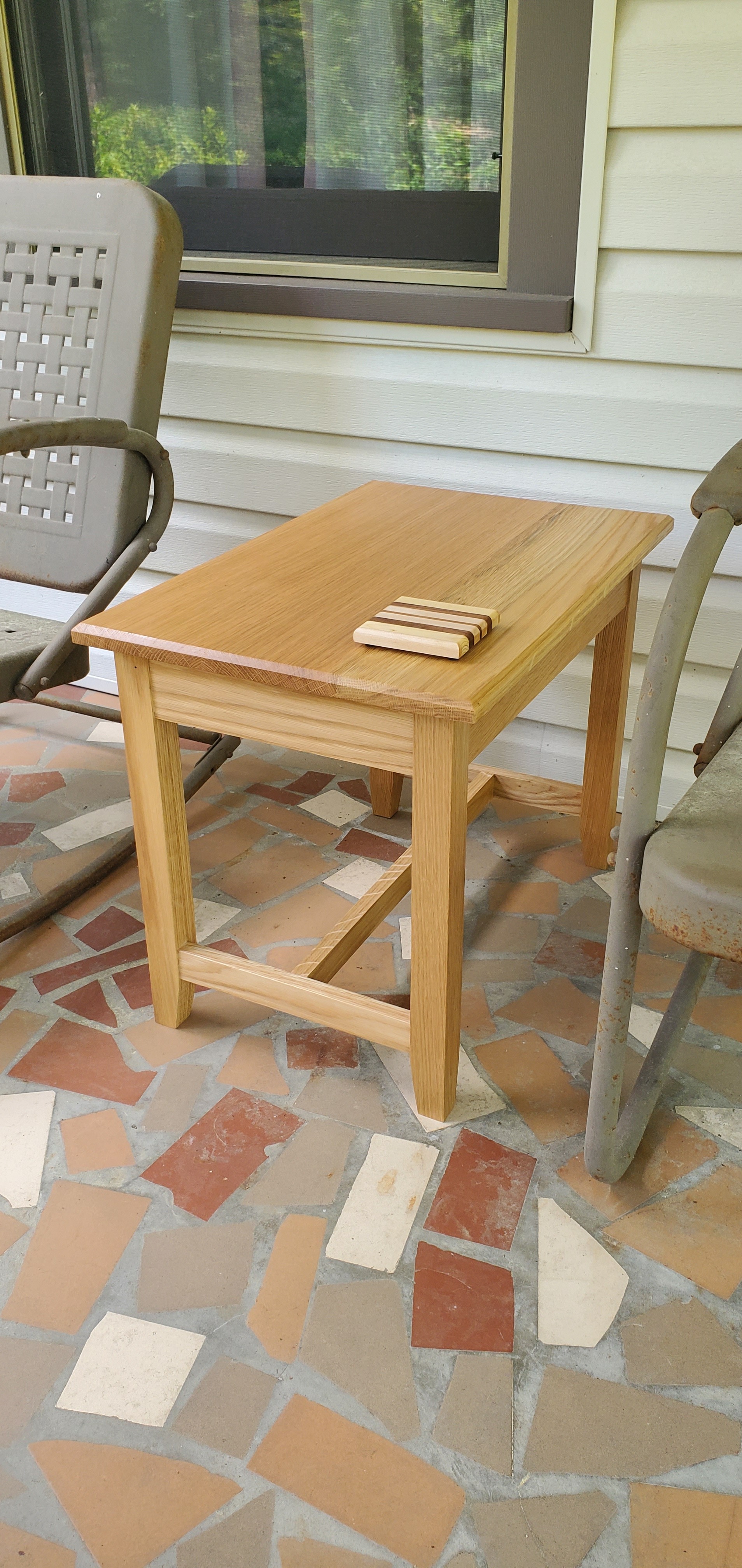

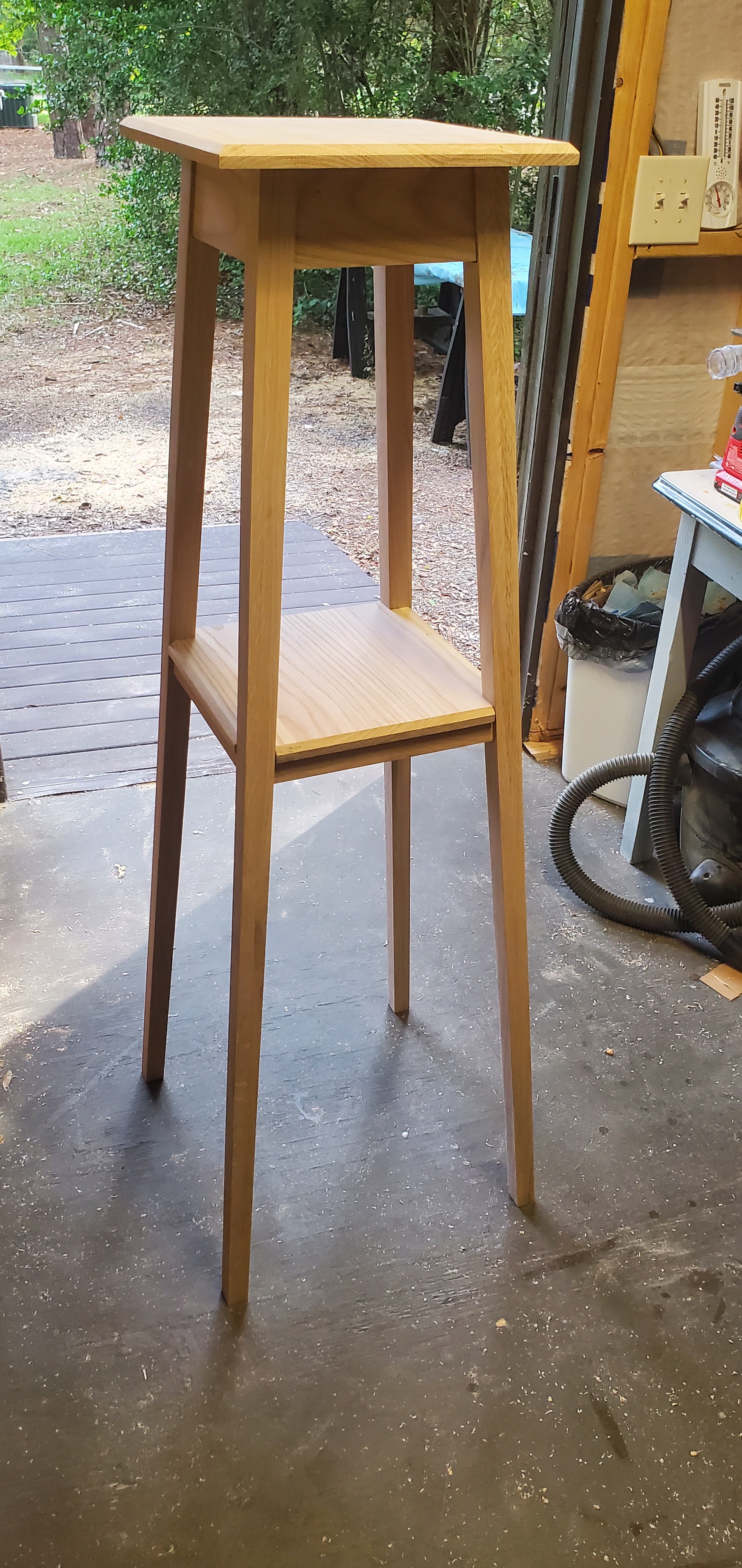
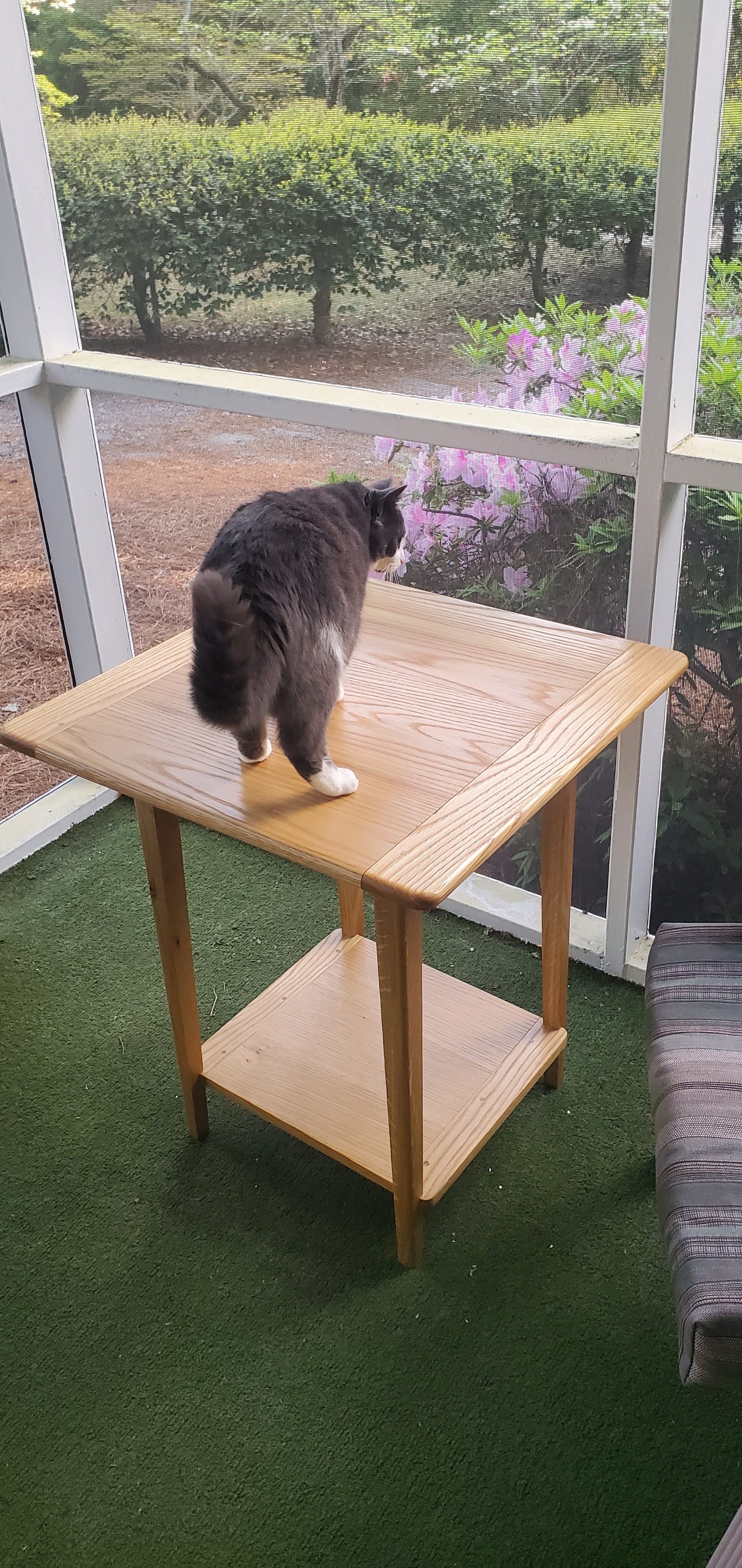
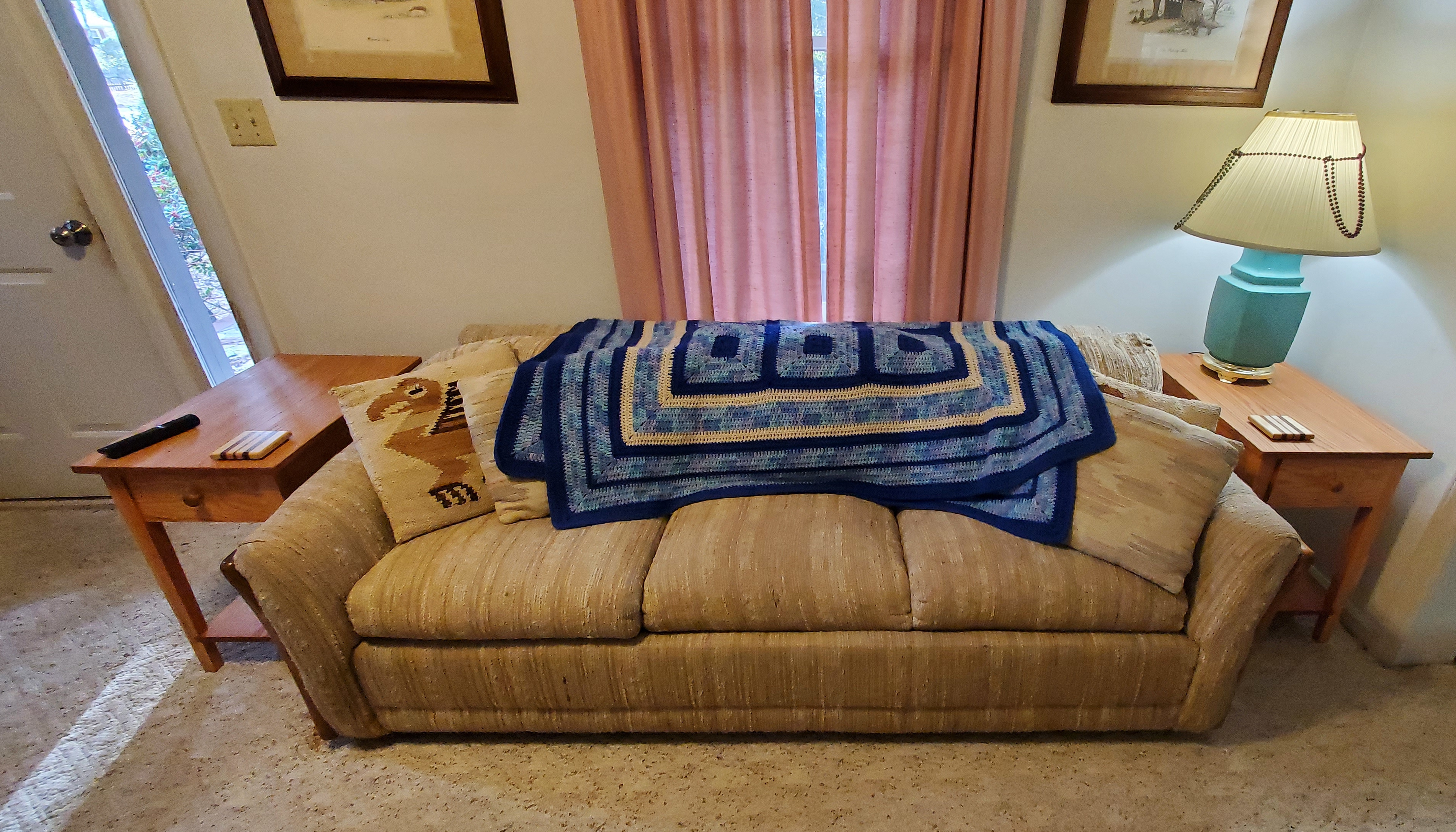
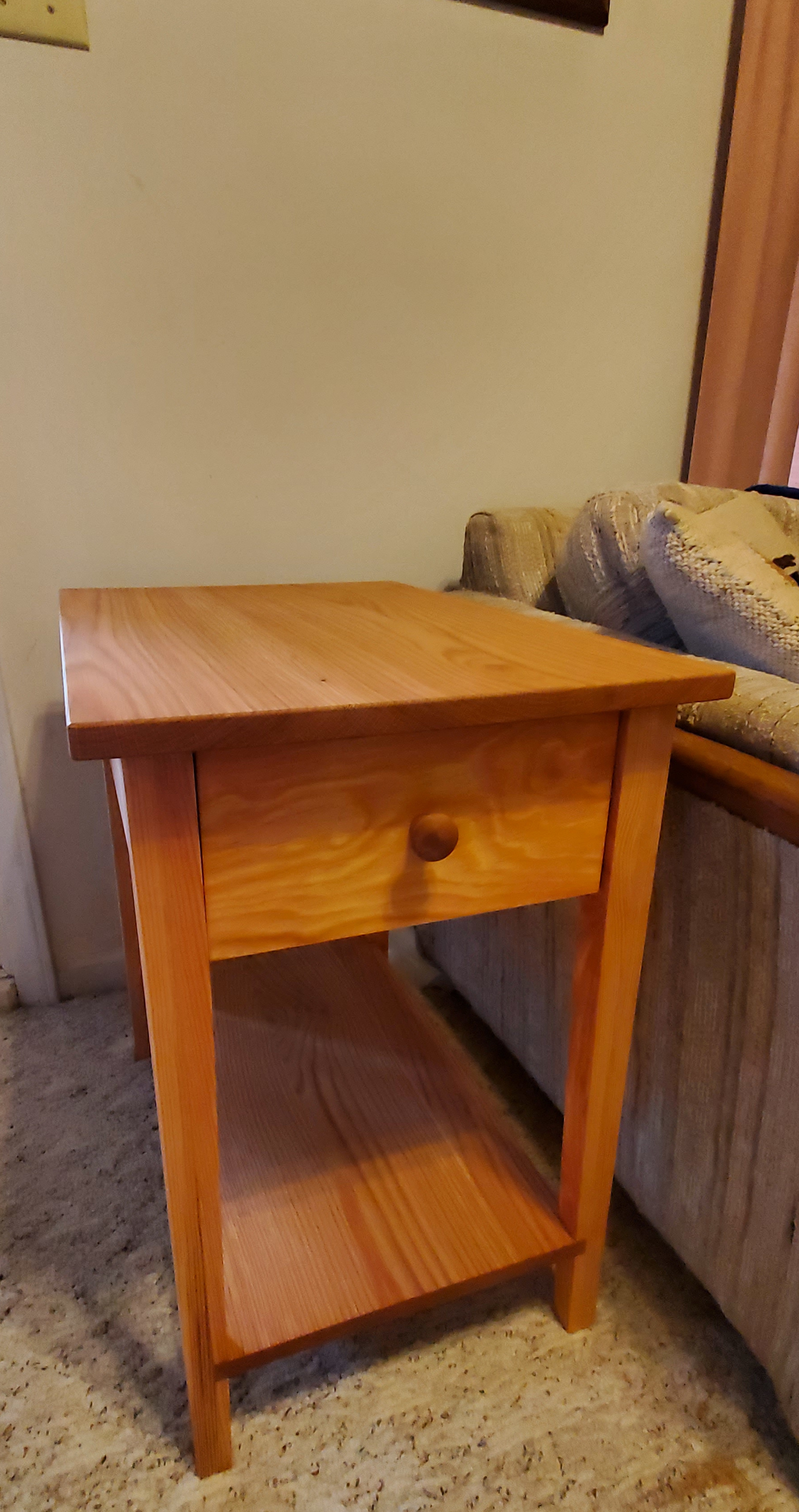
my RX7900GRE doesn't have any issue pushing 1440p ultrawide.